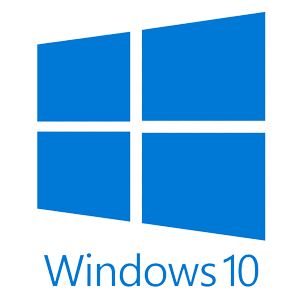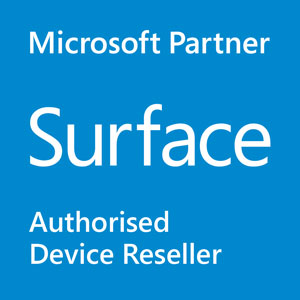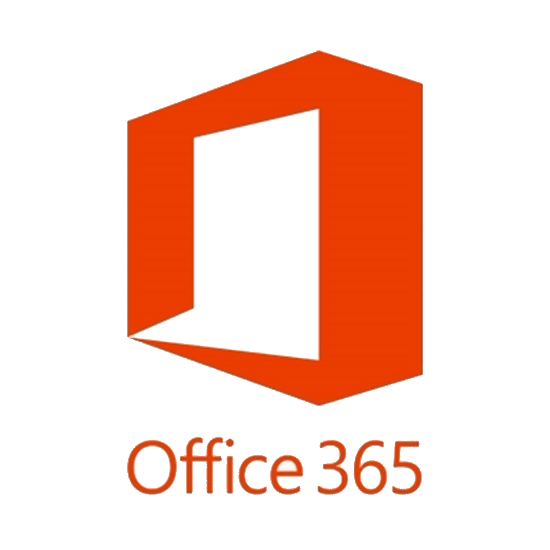Microsoft have announced that much awaited Surface Pro will arrive in Australia before the end of May. The initial stock of Surface Pro is expected to be available with big retailers only.
What we experienced at the Microsoft Campus and in the stores in our visit to Redmond in February was incredible demand for the 128Gb version of the Surface Pro.
 One of the key reasons that I think the Surface Pro is so desirable is its design. The Surface Pro simply looks better than any current Windows tablet.
One of the key reasons that I think the Surface Pro is so desirable is its design. The Surface Pro simply looks better than any current Windows tablet.
The Surface Pro invites you to touch it, and the screen is of the quality that you’d expect on a high end device. It is a beautiful crisp, wide viewing display with incredibly sharp Full HD resolution (1920×1080 pixels) that responds precisely to the touch. Up to 10 touches at once in fact!
But what sets the Surface Pro apart from consumer tablets is its ability to instantly be your laptop. The on screen keyboard and handwriting input in Windows 8 are heads and shoulders above the rest but sooner or later you need to knock out an essay like this one and touch is simply not going to cut it.
With the Surface Pro, you just kick the stand back, flip out the Touch or the Type cover and off you go. Both the touch and type cover keyboards are amazing to type on.
I initially thought that the touch cover would be unusable and I set about proving how bad it would be to type with. How wrong I proved to be! Although I prefer the feel of travelling keys, my output on the touch cover was easily on par with my regular keyboard. It was actually quite unbelievable.
You would be perfectly comfortable and seriously productive with the surface pro on your next interstate flight thanks to the Surface Pro’s portable and expandable design.
The Surface Pro also includes a Wacom Active Digitizer Pen which puts it on par with many of the Wacom tablets that we’ve been using for the last 10 years. After all this time, it’s still the best pen system out there and its inclusion on the Surface Pro shows that Microsoft would not compromise when it comes to user interface.
The 3rd generation Intel Core i5 in the Surface Pro is basically the same one that you’ll find in many of the current crop of Windows 8 Tablets – Fujitsu Stylistic Q702, Samsung ATIV Smart PC Pro 700T, Panasonic ToughPad G1, Motion Computing F5t and J3600. The i5 processor is essential for any tablet that proposes to replace your laptop. 4Gb of RAM and 128Gb drives are about middle of the road for Windows 8 Tablets but they offer performance light years ahead of any of the consumer tablets on the market.
Basically the Surface Pro is like a body builder in skinny jeans. It’s bursting at the seams with power. As it needs to be if it is going to help you to ditch the laptop!
The presence of the Microsoft brand name on the Surface Pro also carries a lot of weight in “techy” circles. And this in itself will ensure that the Surface Pro is a strong seller in corporate circles with a strong push from many IT departments.
Whilst we are looking to bring the Surface Pro to market for Australian businesses, there are a few things for companies to think about before rushing out on the Surface Pro.
- Retail sales channel – Microsoft currently does not cater for the business market with the Surface tablets. It’s heavily focused on retail. But who is going to go to the local washing machine and furniture store to order 100 Surface Pros?
- Device support and service – What will device support be like? The beautiful design of the Surface is unfortunately a complete compromise on serviceability. These devices are not designed to be repaired and service will likely involve a simple swap. That’s not usually as easy as it sounds and involves a major time and sometimes data loss.
Additionally Microsoft does not have an established support channel of the kind that is expected from hardware partners for corporate deployments.
Our experience so far is clear. The Microsoft name does not make the Surface Pro immune from hardware and software issues. What is important though is backup service and it’s really not clear how good this will be with Surface yet.
- Lack of connectivity – The lack of inbuilt 3G connectivity on the Surface Pro is a big issue.
Desk bound IT folks often dismiss this as no big deal, but once you leave the desk for more than the odd meeting you’ll realise how fiddly and problematic tethering to your phone for 3G connectivity is. Anyone who spends a lot of time on the road will save themselves many wrinkles and blood pressure points by eliminating this complication.
But the beauty of the Microsoft Windows 8 Tablet ecosystem is that there is not just one tablet to cure all ills. There are hundreds of options and the Surface Pro is just one of them.
For many people there are better Windows 8 Tablet PC options than the Surface Pro. Here is a list of tablets to consider before the Surface Pro broken down by workflow:
- Mobile workers users looking to replace everything with one device – Fujitsu Stylistic Q702, Samsung ATIV Smart PC Pro 700T, Fujitsu Lifebook T902, Panasonic Toughbook AZ2
- Deskbound workers who spend lots of time in meetings – Lenovo ThinkPad Tablet 2
- Field workers in construction, engineering, mining and utility sites – Motion Computing F5t, J3600, Panasonic ToughPad G1, Fujitsu Stylistic Q702
- Laptop power users – Fujitsu Lifebook T902
What we see everyday though is that the pull of a brand name can outweigh logic and reason. Names like Samsung, Apple and now Microsoft give devices like the Surface Pro an irrational desirability.
As a Microsoft MVP I can certainly feel the pull of the brand name. Having a Surface Pro when you go into a meeting is bound to make you feel like a contender when compared to those pawing at a twitter feed (or disgruntled bird) on their big and small fruity tablets.
Read the Microsoft Surface Blog Entry here:
Surface Pro will launch before the end of May in Australia – Microsoft Surface Blog






